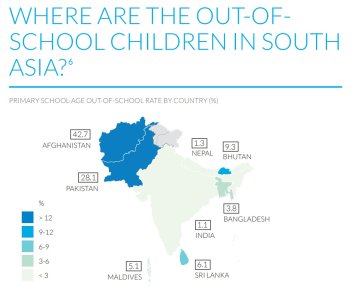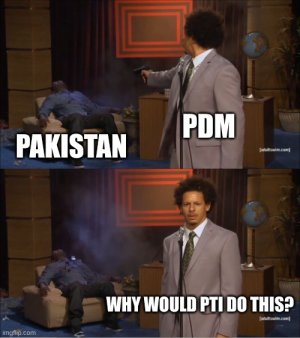Pakistan is living beyond its means by running twin deficits.
There is also a current account deficit. The country exports c. $27bn of goods and services and imports > $50bn. Every few years the government undertakes an IMF programs and borrows from friendly countries. The rupee stabilises, the trade gap widens. When the foreign exchange runs out, there is a fresh balance of payments crisis. The government has to devalue the rupee and go back to the IMF.
There is also a fiscal deficit. Government spending is c. 20% of GDP whilst taxes are less than 15% of GDP. This is a lesser issue than the current account deficit because the government can simply print money to bridge the gap. The problem with printing money is that it causes inflation. Inflation has been running at > 10% p.a. in Pakistan for many decades.
In the near term Pakistan needs to fix these two deficits.
The trade balance is critical and boosting exports is the key. I won't go into detailed policy measures but Pakistan needs to play to its strengths.
- It has a cheap labour force. Much cheaper than India.
- It is not China and many western companies are moving production out of China.
- Pakistan could provide very cheap energy to businesses via solar farms if the government choose to do so.
Energy investment is key. A big chunk of Pakistan's imports are energy. We can shift to solar power (it is sunny for 10 months of the year) and switch to battery powered vehicles (bikes, rickshaws etc). That will make a sizeable dent in imports.
Longer term, Pakistan needs to fix its productivity problem
This is a long road to travel down. But the key ingredients include:
- Political stability - absolutely key. No one will invest in the current climate.
- Educate the workforce. This should be an emergency.
- Cheap energy. Again, solar is the best bet
- Give tax incentives for foreign firms to set up shop in Pakistan e.g. via special economic zone. This would lead to gradual transfer of technology and move Pakistan further up the productivity frontier.









 )
)